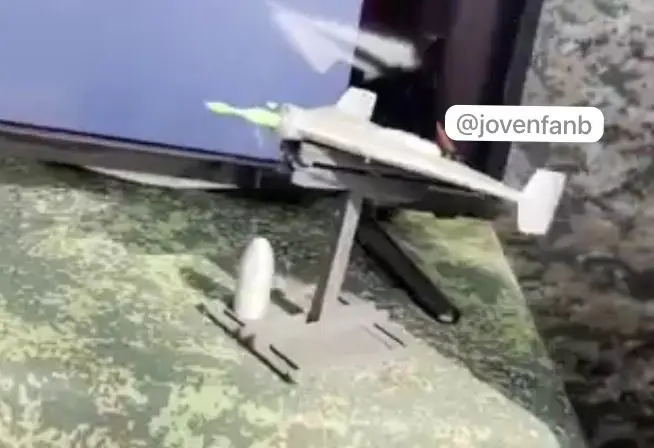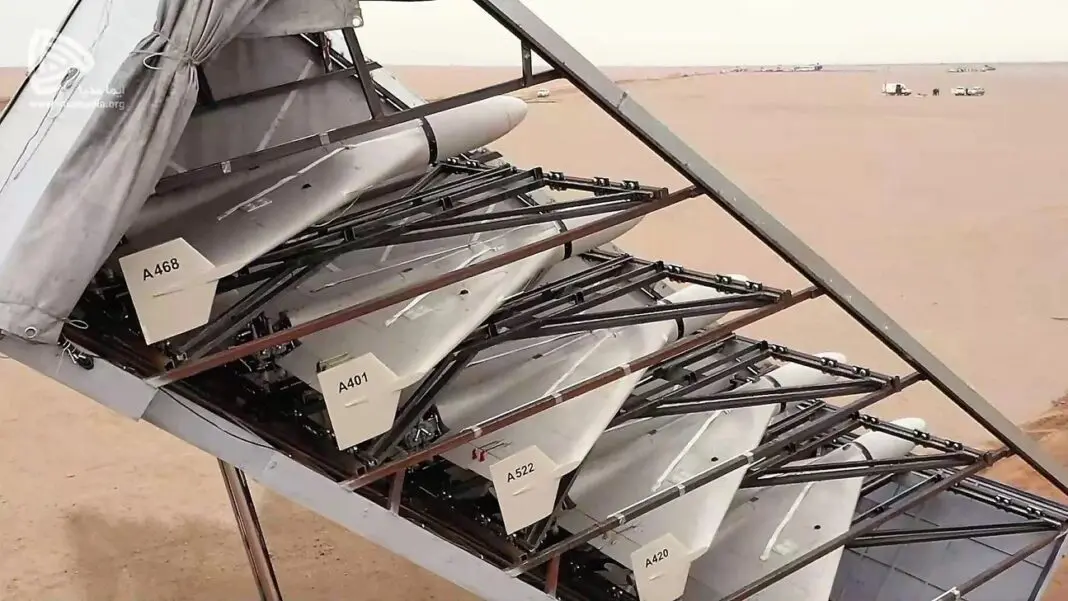On April 12th, images were made public showing a drone project called ‘Zamora V-1,’ which would be produced by the Bolivarian Armed Forces of Venezuela based on the design of the Iranian Shahed 131/136 drone. A 1.5-meter-long model was observed, which stands out for its resemblance to the Iranian attack system, along with an information sheet detailing the stipulated characteristics for the design.

The Shahed system has already seen its fire baptism, being supplied by the Islamic Republic of Iran to the inventories of the Russian Ground Forces and put to use on the battlefields of Ukraine. The Shahed 136 version has been the most utilized, and Iran continues to develop the system based on data obtained from the frontlines. In September 2023, Iran presented a new drone model: the Shahed 238. This model is mainly characterized by the integration of a turbojet propulsion system that makes it faster and quieter, although at the cost of reducing its explosive payload due to the need to add a larger fuel load.
On the other hand, the Venezuelan project Zamora V-1 presents the following characteristics: A length of 1.5 meters, which is equivalent to its wingspan, shaped like a trimmed delta wing. It has an estimated weight of 35 kilograms and is capable of achieving speeds between 120 and 150 km/h, reaching a distance of up to 30 kilometers and a height of 2000 meters. Controlled by a remote terminal with GPS technology, the Zamora V-1 would use an RPG-7 projectile as its explosive payload.
In general terms, this version has much lower specifications than the Shahed 136 model it seeks to copy, as evidenced by the explosive payload capacity, estimated at 50 kilograms for the Shahed, which exceeds the total weight of the Venezuelan drone. However, this makes the Zamora V-1 an even cheaper and simpler alternative to produce, something not insignificant to consider given Venezuela’s low capabilities in armament production.
Regarding cooperation between Venezuela and Iran for military matters, the relationship only seems to be growing stronger, given the few diplomatic ties both countries have and the significant difficulties in acquiring weaponry as a result. An illustrative example of this close relationship is found in Venezuela’s purchase of Peykaap II missile boats in 2023.

At the same time, Venezuelan development is framed within a context where the region is seeking unmanned systems capabilities, which could open up export markets with like-minded countries. Bolivia, for its part, acquired drone systems for border surveillance during the year 2023, sourced from Iran, raising suspicions in Argentina. The latter also recently acquired loitering ammunition, in this case, the HERO 30 and 120 types, purchased from the Israeli company Uvision.
Cover image: Iranian Shahed system.
You may also like: The Russian Navy’s cruise ship Varyag and frigate Shaposhnikov will visit ports in Latin America














